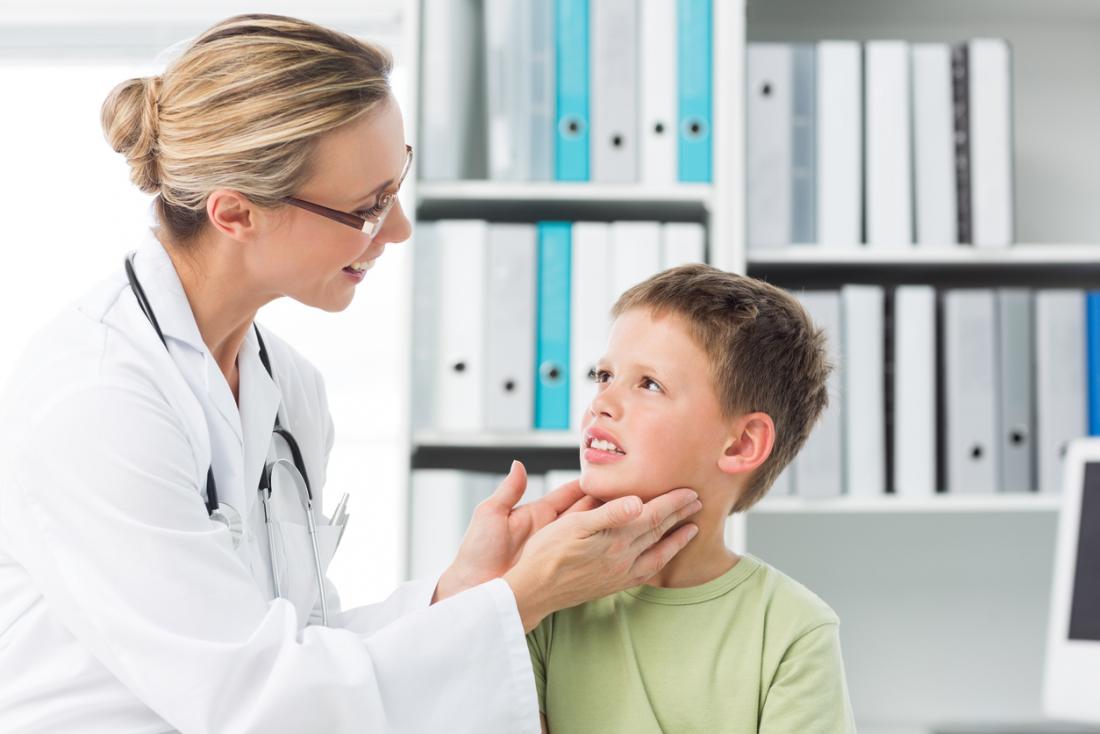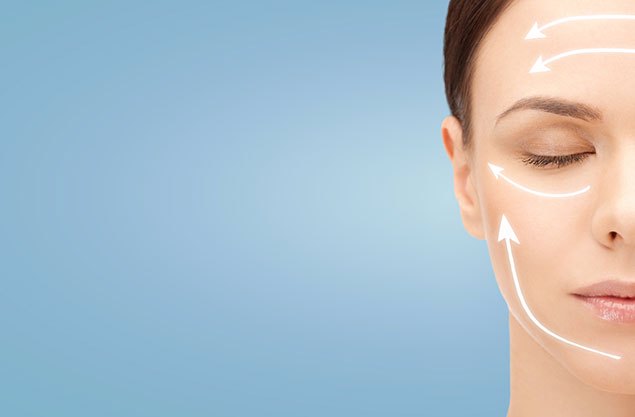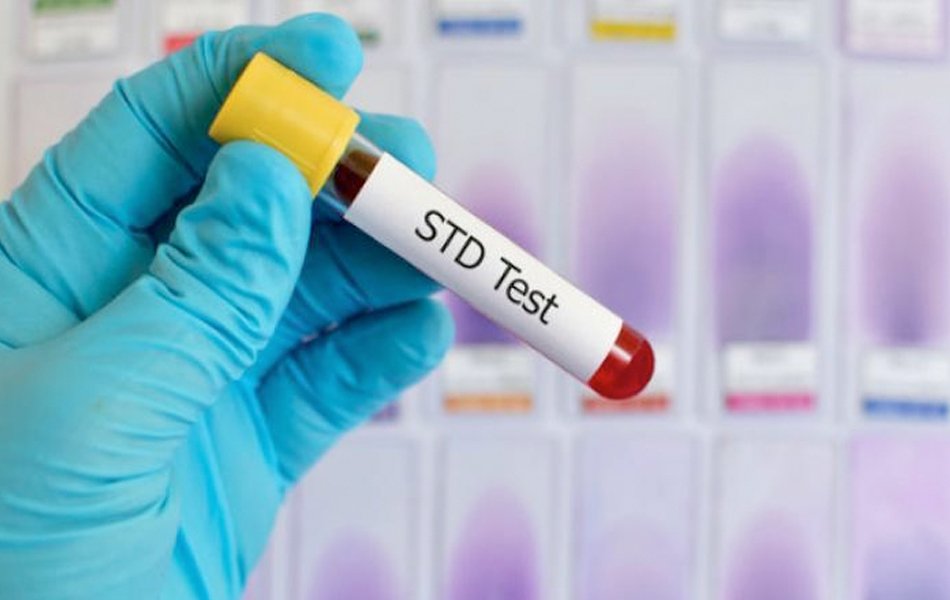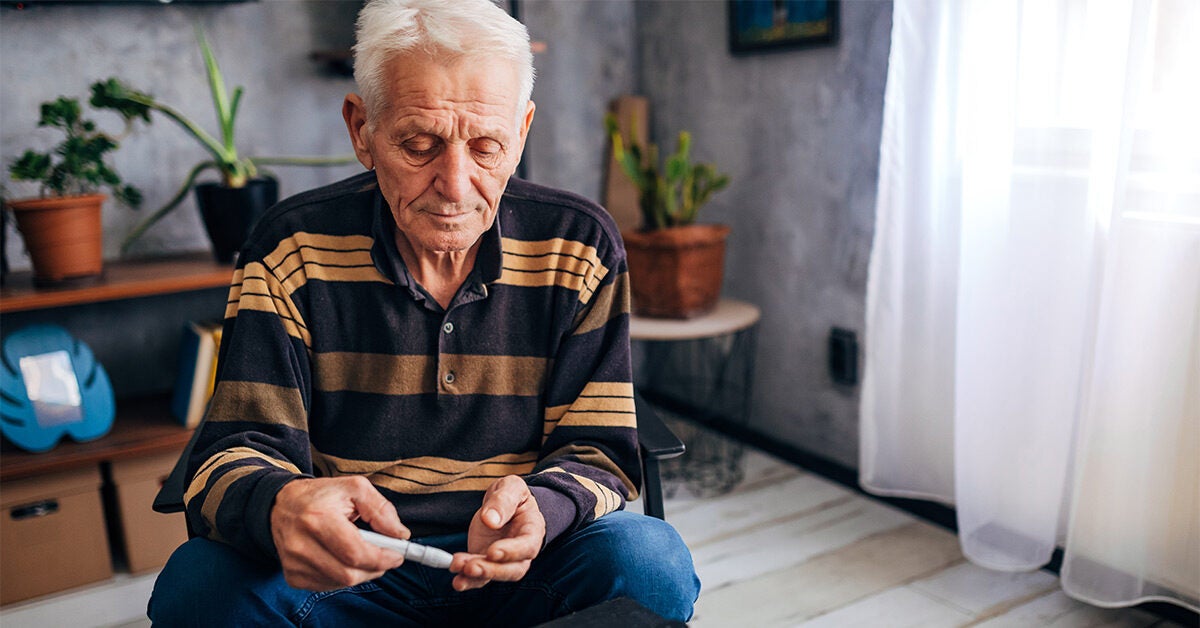Are you undecided and perhaps still looking for a women’s clinic in Bidadari? Choosing a medical clinic or hospital can be a life-changing decision and may affect not just yourself but your family and everyone else as well. A lot of people stay with the same clinic or hospital all their lives due to convenience or familiarity, so it is also incredibly vital that people decide on a clinic that he/she can go to and trust for a long period of time or even for the rest of his/her life.
One of the best pieces of advice you can get when it comes to making these decisions is to not worry too much. This article will give you a short and concise checklist to help you in finding the best clinic for you in the Bidadari area. Before anything else however, it is important to take note that this checklist is by no means an exhaustive list, and there may be some other factors that I wasn’t able to include. It is important that you keep these things in mind, instead of treating it like gospel.
Don’t Take Patient Reviews And Experiences For Granted.
One way to look for a clinic in Bidadari that also agrees with your standards is by checking out patient reviews, experiences, and comments. Although these reviews don’t necessarily paint a perfect and accurate picture of the clinic, they can give a general overview on how the clinic operates and the competency of their doctors. Make sure you check both positive and negative reviews or comments, because it is important that you understand the pros and cons of the clinic. Try to discern which comments are actually substantial, and which are not. Try to read as much as you can to give you a clear and vivid picture about what to expect in joining that particular clinic.
Compare Their Numerical Ratings On Review Sites.
You can also check their average ratings so that you can rank the different clinics available. However, don’t just choose the one with the highest ratings, because this shouldn’t be the only determining factor. Ask yourself if there is a significant difference in their ratings, since some clinics may have very miniscule differences and not every person follows the same scale when rating.
Check The Infrastructure And Safety Of The Clinic.
It is a good idea to look for pictures of the clinic on the Internet and see if they keep the place clean, and that basic safety protocols are kept in place, such as fire extinguishers and fire escapes. Also check if the clinic is kept clean and tidy. If the clinic isn’t being cleaned or if the place has any unhygienic factors. Steer away from those if you can.
Also, try to see if there is an abundance of medical equipment and resources. Check if they also admit patients in the clinic since you may never know if an emergency comes up and you’ll need to stay in bed rest for a while. If you can, visit the clinic physically, so that you can see for yourself the clinic grounds.
Look For Trusted And Renowned Doctors And Surgeons.
Another essential thing to check is if the doctors and surgeons associated with the clinic are trusted and competent. If you have a specific type of doctor or surgeon that you’re looking for, check first if the clinic has them. If they do, check the names of the doctors on their roster and do a quick web search for patient reviews and comments. You can also ask around in public forums and discussions about Bidadari if they can recommend certain doctors/surgeons for you. If you know anyone who has experience with a particular doctor, don’t hesitate to ask around. It is vital that you choose a clinic that hires competent and well-liked doctors and surgeons.

Examine Their Medical Equipment And Technologies.
You may be looking for a special type of equipment or technology that can help in treating your specific medical problem. If that’s the case, then you can already narrow down your list of potential health clinics to only those with the given equipment or technology. For example, you may be searching for a surgeon that can perform a specific method or procedure. If you can find a list of surgeons trained for that method, you can then ignore those clinics that don’t have that surgeon on their roster.
Also see if the medical equipment being used by the clinic is new and/or in good shape. Medical equipment can break, and some clinics may be too stubborn to address that fix. You can visit each potential clinic on-site and ask around about their medical equipment and technologies.
Check For Their Available Amenities.
Go to your favorite maps app and check the location of the clinic. Now, check the nearby amenities of the clinic and see if there are any pharmacies, hotels, transport terminals and convenience/grocery stores. If you’re taking a family member to the clinic for admission into their hospital facilities, then you may have to do a lot of errands for your family member, such as buying food and medication. The closer these amenities are to the clinic the better, since it would determine whether these errands take a few minutes or more than an hour to finish. It is very important to save time since it’s one of the few resources that we cannot replace.
Compare The Costs Of Different Treatments And Procedures.
Some clinics may charge more for certain procedures and treatments compared to other clinics. Try to research about the different costs for treatment and compare it with how much the different clinics charge. Once you do, try to understand why a certain clinic charges more compared to others. Try to strike a balance between price and quality of services, since cheaper clinics may not offer the best service for their patients.
If You Have Medical Insurance, Check If The Clinic Accepts It.
Probably one of the most important things to keep in mind when choosing a clinic is if your medical insurance is accepted and covers the different procedures and treatments that you’ll need. If you want to save money, ignore clinics that don’t accept your medical insurance plan.
Following the criteria above, you do not need to look further as PK Women’s Clinic can assure you will be in the very best hands when you go for a gynae consultation in their clinic in Bidadari. Our medical staff, headed by Dr. Tan Poh Kok, treats each patient with top of the line professionalism and utmost compassion, making sure that treatments are personalized according to their specific needs. Do not delay your health checks. Book an appointment with us today!
PK Women’s Clinic
2 Tai Thong Crescent #01-12
The Venue Residences / Shoppes
Singapore 347836
https://www.pkwomensclinic.com
+65 6636 9909



















/GettyImages-831212640-5a098fb8e258f8003764efad.jpg)